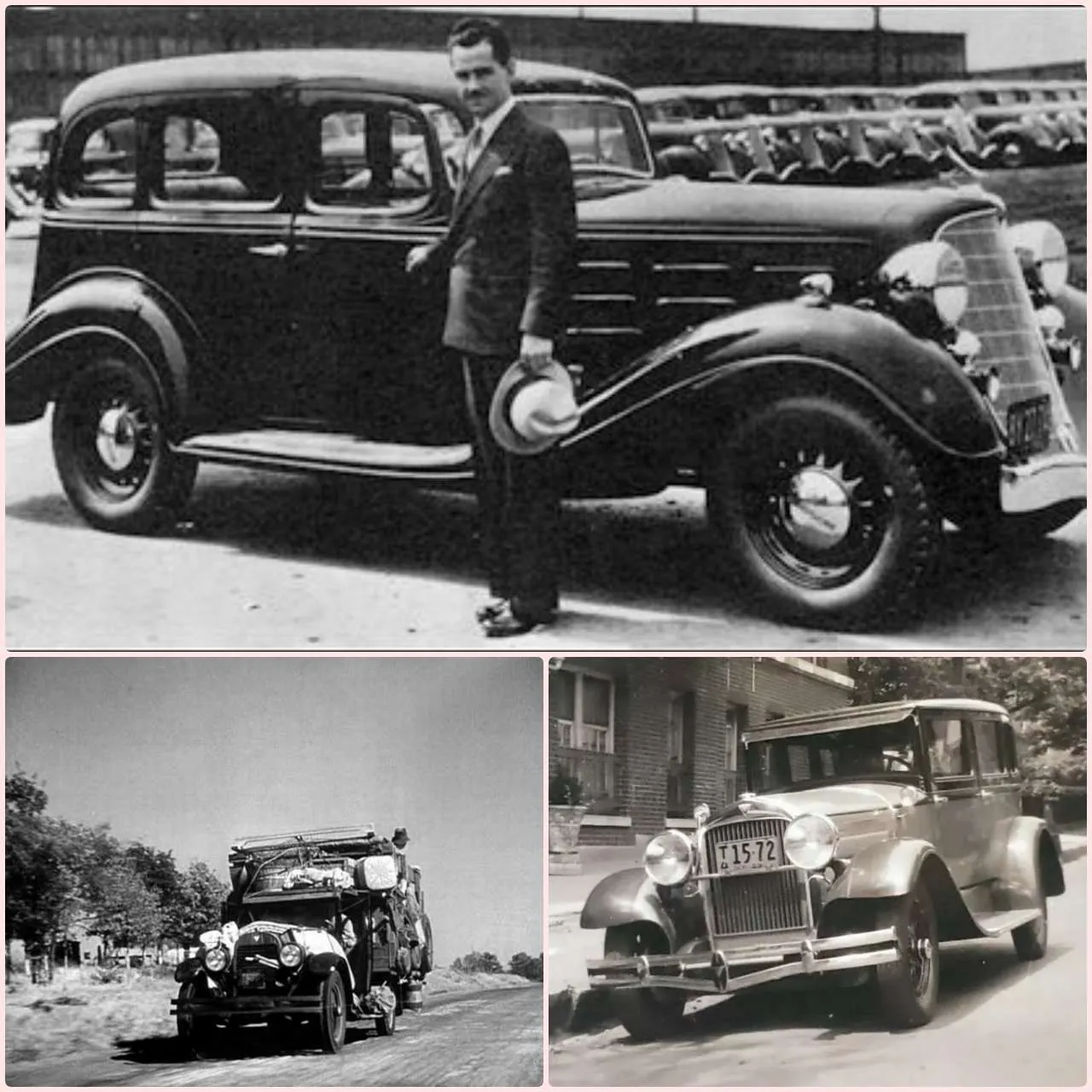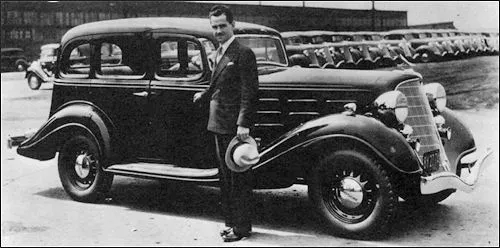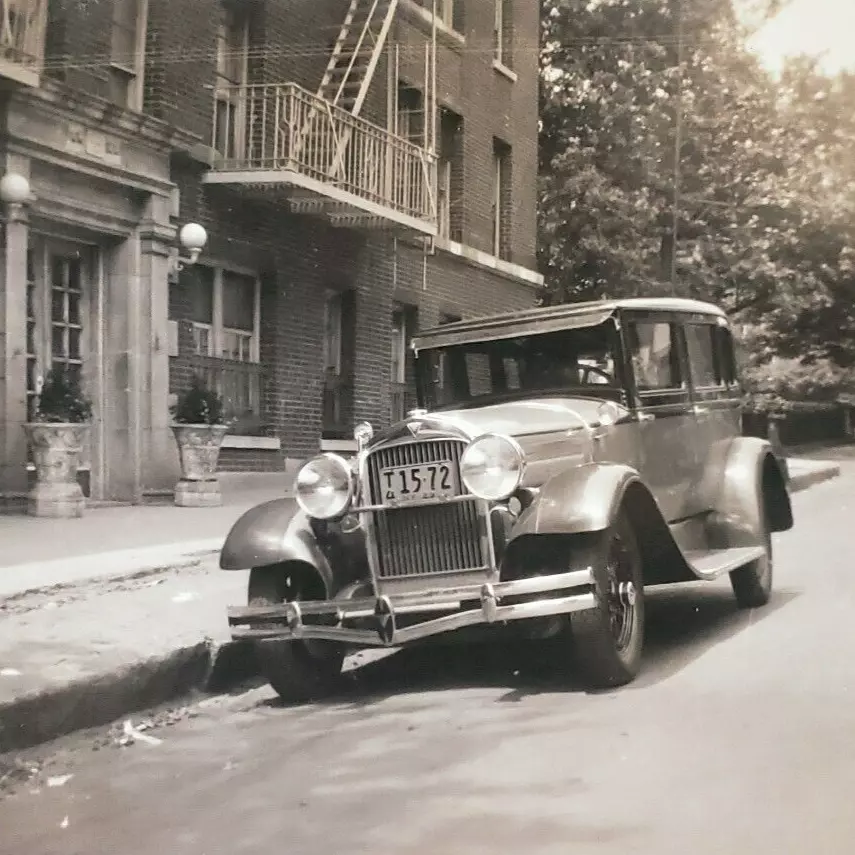The 1920 Hudson Super Six Sedan: A Revolution in Automotive Engineering
The early 20th century was a time of remarkable advancements in the automotive industry, and the 1920 Hudson Super Six Sedan stands out as a landmark vehicle that showcased cutting-edge technology and exceptional design. This sedan not only represented the pinnacle of luxury and performance in its era but also set new standards for what automobiles could achieve.

Innovative Engineering
The Hudson Super Six, introduced in 1916, was renowned for its advanced engineering, and the 1920 model continued to build on this legacy. The heart of the Super Six was its powerful and innovative inline six-cylinder engine. This engine featured a unique design that reduced vibrations and increased efficiency, delivering smooth and reliable performance. The 1920 model’s engine produced an impressive 76 horsepower, a remarkable figure for the time, enabling the car to reach speeds of up to 70 miles per hour.
Sophisticated Design
The 1920 Hudson Super Six Sedan was a blend of elegance and functionality. Its sleek, aerodynamic body was designed to minimize air resistance, enhancing both speed and fuel efficiency. The sedan’s spacious interior was crafted with comfort in mind, featuring plush seating and high-quality materials. Attention to detail was evident in every aspect of the car’s design, from the polished wooden dashboard to the intricate chrome accents.

Technological Advancements
Hudson was known for its commitment to innovation, and the 1920 Super Six Sedan was equipped with several technological advancements that were ahead of its time. The car featured a patented balanced crankshaft, which significantly reduced engine wear and tear. Additionally, the Super Six employed a dual ignition system, improving fuel combustion and overall performance. These innovations not only enhanced the driving experience but also contributed to the vehicle’s longevity and reliability.
Performance and Handling
The Hudson Super Six Sedan was celebrated for its exceptional handling and ride quality. The car’s low center of gravity, combined with its advanced suspension system, provided a stable and comfortable ride, even on rough roads. The responsive steering and powerful brakes made the Super Six a joy to drive, offering drivers a level of control and confidence that was rare in vehicles of the era.
Cultural Impact and Legacy
The 1920 Hudson Super Six Sedan was more than just a car; it was a symbol of progress and modernity. It appealed to affluent buyers who sought both performance and luxury, cementing Hudson’s reputation as a manufacturer of high-quality automobiles. The Super Six’s success also influenced other automakers, pushing the industry toward more powerful and refined vehicles.

Enduring Influence
Today, the Hudson Super Six Sedan is remembered as a pioneering vehicle that helped shape the future of the automotive industry. Its blend of innovative engineering, sophisticated design, and superior performance set new standards for what cars could achieve. Collectors and automotive enthusiasts continue to celebrate the 1920 Super Six for its historical significance and enduring appeal.
Conclusion
The 1920 Hudson Super Six Sedan stands as a testament to the ingenuity and vision of early 20th-century automotive engineering. Its groundbreaking features and elegant design made it a standout vehicle of its time, influencing the direction of the industry for years to come. As we reflect on the legacy of the Hudson Super Six, we recognize it as a true icon of automotive history, embodying the spirit of innovation and excellence.





